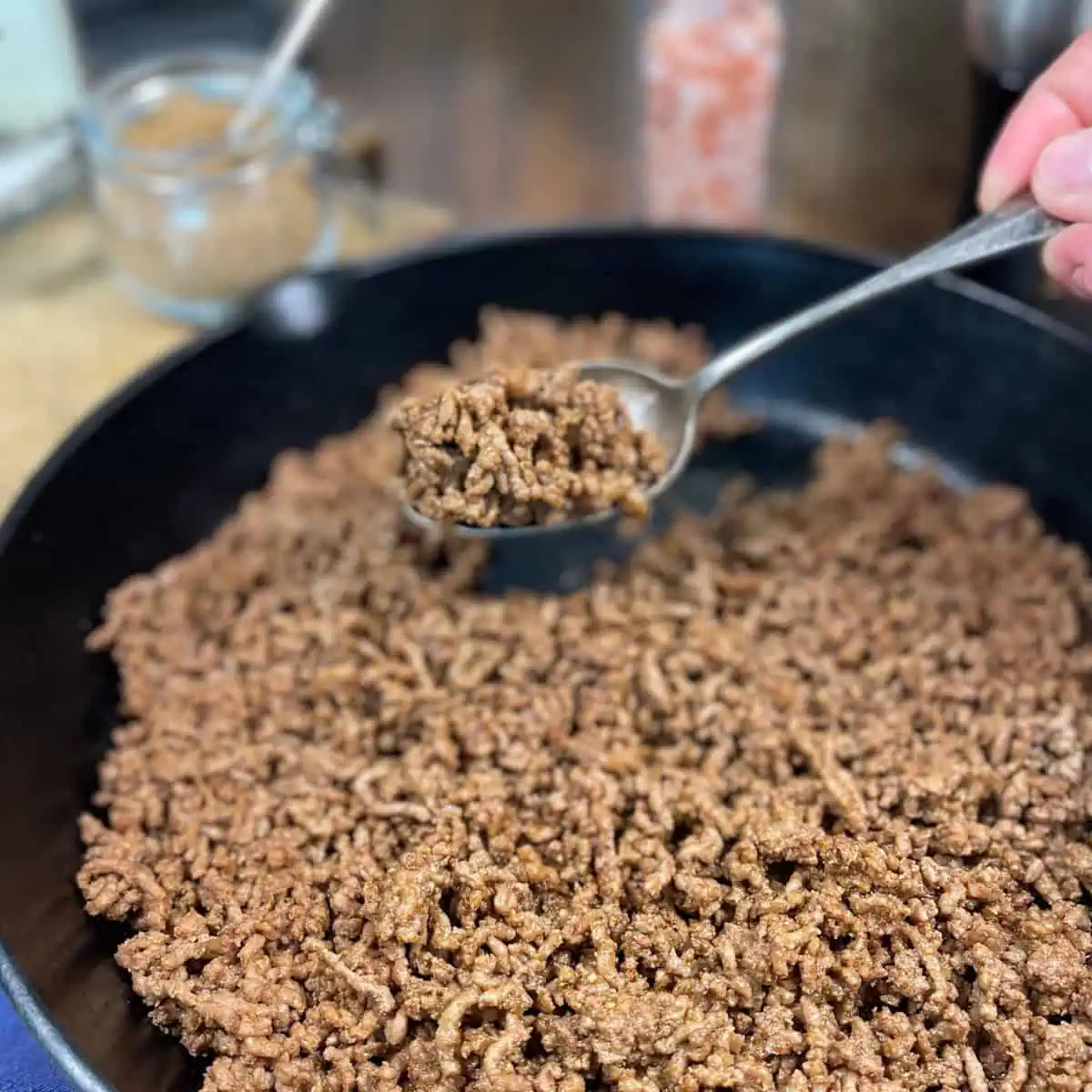Meat Preparation Tips to Elevate Flavor and Tenderness in Every Meal
From Ranch to Table: Fresh and Costs Meat Choices
The trip of meat from ranch to table encapsulates a complicated interplay of quality, ethics, and sustainability. With an enhancing emphasis on fresh and premium options, consumers are currently extra likely to take into consideration the beginnings of their food, causing a renewed concentrate on lasting farming techniques and pet welfare standards. This change not just improves the nutritional profile of meat yet likewise sustains local economic situations. Nonetheless, the ramifications of these choices extend much beyond individual health and wellness and local farming. What does this mean for the future of food systems and customer practices?
Comprehending Meat Sourcing
As customers end up being increasingly mindful of the origins of their food, comprehending meat sourcing has gotten paramount value. Meat sourcing involves mapping the trip of meat from farm to table, incorporating various aspects such as farming practices, animal well-being, and environmental effect. This recognition empowers customers to make informed choices that straighten with their values, especially pertaining to sustainability and ethical factors to consider.
The sourcing of meat can differ substantially based upon multiple requirements, consisting of the sort of livestock, farming techniques, and geographical place. Grass-fed beef commonly comes from pasture-based systems that promote animal welfare and lower environmental deterioration. On the other hand, conventional meat might include extensive farming practices that raise issues relating to antibiotic usage and environment devastation.
Recognizing the certain farm or region where the meat stems aids customers make sure high quality and safety. Inevitably, recognizing meat sourcing not only enhances customer option but additionally cultivates accountable consumption and supports moral farming methods.
Benefits of Fresh Meat
Picking fresh meat uses various benefits that prolong beyond taste and structure. Fresh meat generally preserves greater nutritional worth compared to its icy or processed equivalents. It is commonly richer in vital vitamins and minerals, such as B vitamins, iron, and zinc, which are crucial for preserving overall wellness.
Furthermore, the sourcing of fresh meat often includes shorter supply chains, minimizing the time between ranch and table. This means that the meat is much less likely to shed its nutritional stability during transportation and storage space. Furthermore, customers can experience improved preference and juiciness, which can elevate cooking experiences.
Fresh meat also offers a possibility for consumers to support neighborhood farmers and promote sustainable farming practices. When buying from neighborhood sources, individuals can add to their local economic climate and cultivate a greater connection to the food they eat.
Finally, fresh meat is typically complimentary from the chemicals and additives frequently discovered in processed alternatives. This makes it a cleaner, healthier option for those looking to reduce their intake of artificial ingredients. Overall, the advantages of picking fresh meat incorporate health and wellness, taste, and a sense of community involvement.
Pet Well-being Specifications
Making sure high animal welfare criteria is crucial for both moral factors to consider and the high quality of meat products. The treatment of livestock straight affects not only the ethical implications of meat manufacturing yet likewise hop over to these guys the general quality and safety and security of completion products. Animals raised in gentle conditions are less worried, bring about healthier animals and, consequently, superior meat top quality.
Rules and accreditations concerning pet welfare have actually ended up being increasingly substantial in the meat market. These frameworks guarantee animals are supplied with sufficient area, correct nourishment, and humane handling throughout their lives. Practices such as pasture-raised systems and free-range environments add to better pet welfare by enabling pets to display all-natural actions, which is important for their health.
In addition, customers are ending up being much more critical relating to the sources of their meat, bring about a growing need for products that abide by strict pet welfare requirements. This change not only promotes honest farming methods but also motivates manufacturers to take on actions that enhance the health and welfare of their animals. Meat. Eventually, focusing on click here for more animal welfare is not simply a moral imperative; it is likewise a path to producing premium-quality meat that satisfies customer expectations

Lasting Farming Practices
Sustainable farming techniques play a crucial role in boosting both animal well-being and the quality of meat items. These practices highlight the importance of ecological stewardship, ethical therapy of animals, and resource performance. By executing rotational grazing, farmers can advertise healthy field communities, permitting animals to eat nutrient-rich grasses while stopping overgrazing. This approach not only supports animal wellness but likewise improves the soil, minimizing the demand for synthetic fertilizers.
Furthermore, lasting farming often incorporates integrated bug monitoring and natural feed alternatives, minimizing making use of dangerous chemicals. This strategy not only safeguards animal health yet additionally results in cleaner, safer meat products for consumers. Water conservation techniques, such as rainwater harvesting and efficient irrigation systems, further contribute to sustainable practices, ensuring that resources are used judiciously.
Furthermore, fostering biodiversity through polyculture systems and preserving habitats for wildlife boosts the strength of farming ecological communities. By focusing on these lasting techniques, farmers can create top notch meat that satisfies consumer demand while advertising eco-friendly equilibrium. Eventually, embracing sustainable farming techniques is crucial for developing a much more accountable and resilient food system that profits pets, farmers, and consumers alike.
Choosing Top Quality Over Amount
Often, consumers are confronted with the issue of choosing between amount and high quality when it concerns meat items. While buying larger amounts might seem financially helpful, the long-lasting advantages of selecting top quality meat much exceed the immediate financial savings. Quality meat is commonly sourced from animals elevated in lasting environments, where they are offered appropriate nutrition and treatment, the original source resulting in premium flavor and dietary value.
High-quality meats are commonly complimentary from hazardous ingredients, hormones, and anti-biotics that are typically existing in mass-produced options (Meat). This not just ensures a much healthier dining experience however additionally supports honest farming practices that prioritize pet welfare. Furthermore, premium meats tend to have a far better texture and taste, improving the general culinary experience
Investing in quality meat encourages customers to appreciate smaller sections, enabling a much more conscious approach to eating. This change not just impacts personal health and wellness favorably but also promotes lasting intake patterns that can benefit the atmosphere. Finally, focusing on quality over quantity when choosing meat items cultivates an extra responsible and health-conscious lifestyle, eventually enhancing both the eating experience and the earth.
Verdict
